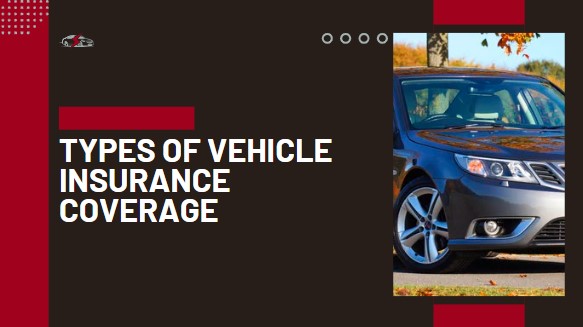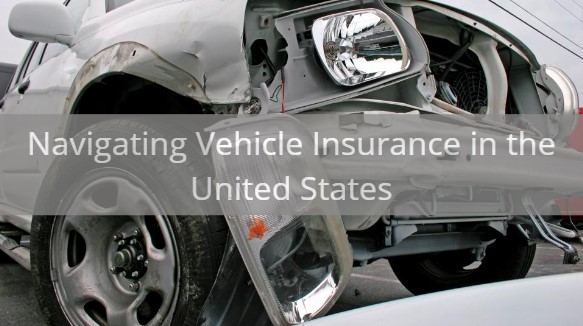Vehicle insurance is a fundamental aspect of responsible vehicle ownership in the United States. Not only does it protect your financial interests in case of accidents, but it’s also a legal requirement in most states. This article delves into the intricacies of vehicle insurance in the USA, covering the types of coverage available, regulatory guidelines, and some of the latest trends in the industry.
Types of Vehicle Insurance Coverage

Auto insurance policies in the U.S. typically offer several types of coverage, each serving specific purposes. Understanding these coverage options is crucial for selecting a policy that adequately protects you and your vehicle.
- Liability Coverage: This is the most basic form of auto insurance, required in almost every state. It covers bodily injury and property damage you may cause to others in an accident.
- Collision Coverage: This type of coverage helps pay for repairs to your vehicle after a collision, regardless of who is at fault. It’s essential for safeguarding your investment.
- Comprehensive Coverage: Comprehensive coverage goes beyond collisions, covering damage to your vehicle caused by non-collision incidents such as theft, vandalism, natural disasters, or hitting an animal.
- Uninsured/Underinsured Motorist Coverage: This coverage protects you if you’re involved in an accident with a driver who doesn’t have insurance or doesn’t have sufficient coverage to pay for your damages.
Regulatory Guidelines
Vehicle insurance regulations in the U.S. vary from state to state. Some states follow no-fault insurance laws, which means that your insurance company pays your medical expenses regardless of who is at fault in an accident. Other states operate under tort systems, where the at-fault driver’s insurance is primarily responsible for covering damages.
Additionally, each state has its minimum required liability coverage limits, dictating the minimum amount of coverage you must have to legally drive in that state. However, it’s often recommended to have coverage beyond these minimums to ensure adequate protection.
Industry Trends
The vehicle insurance industry in the U.S. is continually evolving, influenced by various factors such as technology, consumer preferences, and regulatory changes. Here are some notable trends:
- Usage-Based Insurance (UBI): Many insurers now offer usage-based insurance, where premiums are based on driving habits. Telematics devices or smartphone apps monitor factors like mileage, speed, and driving behavior, potentially rewarding safe drivers with lower rates.
- Digital Transformation: Insurers are embracing digital platforms, offering online quotes, claims processing, and customer service. This shift towards digital channels enhances convenience for policyholders.
- Self-Driving Cars: The emergence of self-driving and semi-autonomous vehicles poses unique challenges for the insurance industry. As the technology evolves, insurers are exploring new models to assess risk and provide coverage for autonomous vehicles.
- Personalized Policies: Insurers are exploring personalized policies that consider individual risk profiles, which could lead to more tailored and potentially cost-effective coverage options.
Conclusion
Vehicle insurance is a critical component of responsible vehicle ownership in the United States. Understanding the types of coverage, staying informed about state regulations, and being aware of industry trends can help you make informed decisions when selecting an insurance policy. The evolving landscape of vehicle insurance reflects the ongoing effort to balance protection, affordability, and innovation in a dynamic and rapidly changing environment.
